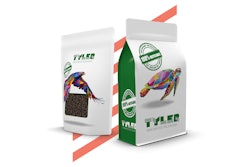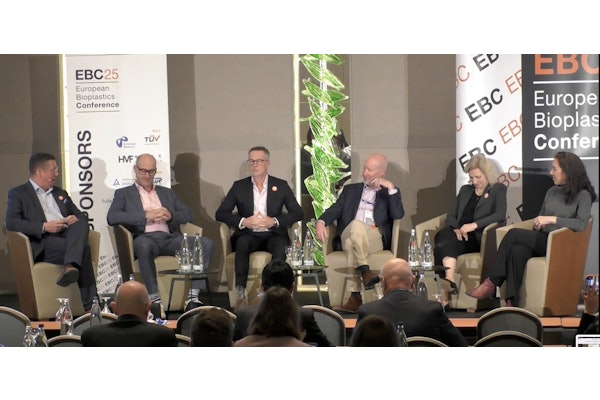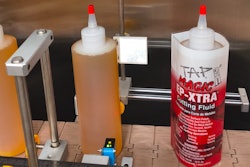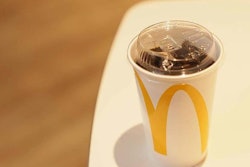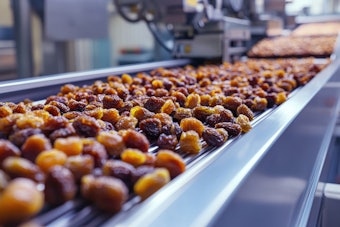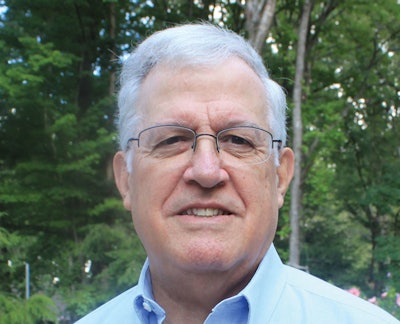
Still, it is interesting to note that recent market developments include a lot of high-profile moves away from plastic packaging. It’s hard to say if the changes are being made strictly out of a sincere belief that plastic packages are not as good an environmental choice as other materials, fear of coming environmental anti-plastic regulatory prodding, or simply, economics.
Nestlé’s transition to paper for its entire family of Smarties candies packaging formats certainly isn’t a cost-cutting measure. Last year the company invested some $2 billion to “lead the shift from virgin plastics to food-grade recycled plastics and to accelerate the development of innovative sustainable packaging solutions.” The move to recyclable paper candy wraps will help in achieving Nestlé’s commitment to make all of its packaging recyclable or reusable by 2025. Among the Smarties packs getting a materials redo, the most dramatic is the brand’s replacement of its iconic plastic tube by four hexagonal paper sleeves held together with a perforated paper label that permits the consumer to tear off one hex tube of candies at a time. The Smarties family move follows the conversion last year of Nestle’s Yes! candy bar to recyclable paper wraps. “By 2025, 100 percent of our packaging will be recyclable or reusable and we will reduce our use of virgin plastics by one third,” says Nestlé in a web post.
For certain flexible packaging applications, micro-fibrillated cellulose (MFC) may well provide packagers new moisture and oxygen barrier paper options that can compete with plastics. Researchers from North Carolina State University, Department of Forest Biomaterials who’ve been studying MFCs for at least 10 years, indicate “various nanocelluloses can be incorporated into packaging products and barrier layers by diverse means, with particular promise having been shown for solution casting, melt-extrusion, and electrospinning technologies, among others,” (read the study at pwgo.to/6049).
As part of its Ambition 2030 Environmental Sustainability goals, P&G Beauty in Europe now packs a number of its haircare brands in reusable/refillable aluminum bottles for refilling by consumers with recyclable polyethylene pouches. P&G sees this initiative halting production of approximately 300 million virgin plastic bottles per year starting this year. The refill pouches use approximately 60% less PE than the bottles they replace.
The COVID-19 epidemic introduced tough Valor® glass (read my column on it at pwgo.to/6050) to withstand the rigors of COVID-19 vaccine production and distribution. The Johnson & Johnson/Merck collaboration to produce and distribute J&J’s vaccine is boosting demand for cold chain shippers, but ultra-low temperature shipper sales may tail off post-pandemic because J&J’s COVID-19 vaccine doesn’t require ultra-low storage temps, and the Pfizer/BioNTech vax got FDA’s okay for distribution/storage at conventional freezer temps (~0º F).





